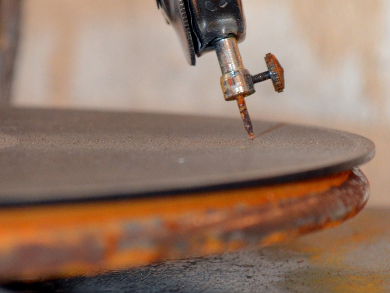Nanocarriers are useful for targeted drug delivery. Nanoparticles can be loaded with drugs, which are released at a target of interest. They can also encapsulate drugs that would be otherwise toxic to administer in their pure form.
Vesselin Paunov, Gillian Greenway and Saba Al-Obaidy, University of Hull, UK, have developed shellac nanoparticles that can carry berberine, a natural dye with antimicrobial properties. Shellac is a naturally occurring resin, which is secreted by a bug. It is used, e.g., as a coating or in old records.
The researchers have prepared the nanoparticles via a two-step process and functionalized their surface with Poloxamer 407 (P407) and octadecyltrimethylammonium bromide (ODTAB). They first used a steric repulsion method to create the berberine-loaded nanoparticles by changing the pH from 8 to 5 in the presence of an ammonium shellac salt, berberine, hydrochloric acid, and the surface-active P407 polymer. In the second stage of the synthesis, ODTAB was added, creating shellac nanocarriers with a cationic surface.
The team found that the maximum uptake of berberine was 60 %. The loaded nanocarriers were tested on three different microorganisms: C. reinhardtii, S. cerevisiae, and E. coli. The researchers found that the cationic surface coating on the nanocarriers improved the efficiency of the berberine on all the tested microorganisms. This efficiency-increasing effect has been attributed to an increased attraction between the cationic surface of the nanocarrier and the anionic surface of the cell walls. This interaction of opposite charges enables a higher concentration of berberine to be delivered to the microbes.
- Dual-functionalised shellac nanocarriers give a super-boost of the antimicrobial action of berberine,
Saba S. M. Al-Obaidy, Gillian M. Greenway, Vesselin N. Paunov,
Nanoscale Adv. 2019.
https://doi.org/10.1039/c8na00121a




